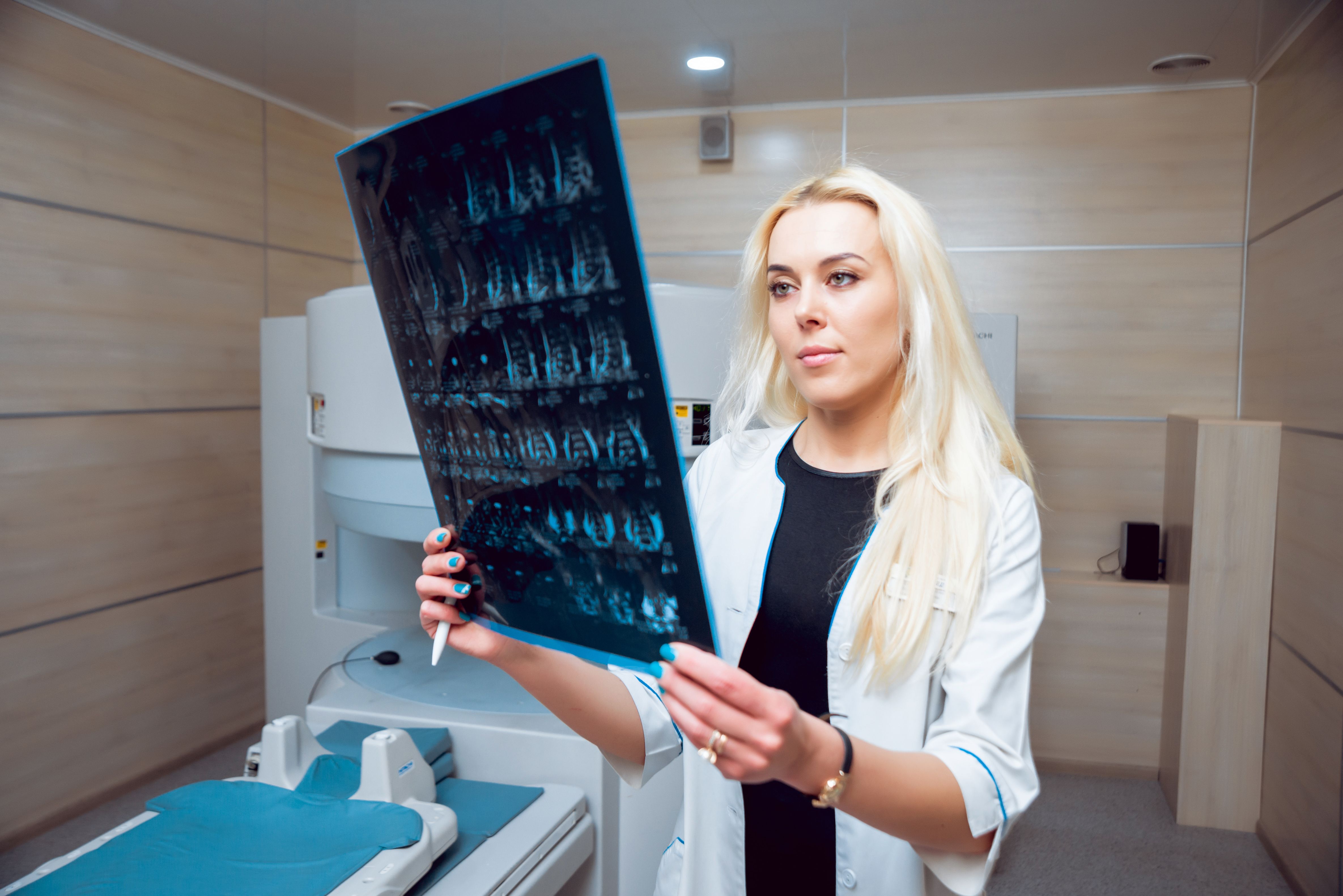Bone Mineral Density in Women with CKD Varies by Race, Kidney Function
Results of a study from ASN Kidney Week 2020 suggests low bone mineral density rates among women with CKD varied according to kidney function and race/ethnicity.

New research presented at the American Society of Nephrology’s Kidney Week 2020 is offering new insight into the ethnic differences in the association of kidney function and low bone density measurements.
Results indicated associations between reduced kidney function and low bone mineral density (BMD) varied by race/ethnicity and based on the presence of hyperparathyroidism, suggesting adherence to guidelines for BMD screening in advanced CKD could help mitigate risk for these patients.
“To our knowledge, this is the largest contemporary and racially-diverse cohort in which bone density and kidney function have been examined. This study supports current CKD guidelines for BMD screening and suggest a relationship between kidney function and low BMD varied by ethnicity,” said Joshua Chang, MD, an internal medicine specialist at Kaiser Permanente Oakland Medical Center, during his presentation at Kidney Week 2020.
With the presence of advanced CKD posing an immediate and serious risk factor for bone disease and fractures, Chang and a team of colleagues from Kaiser Permanente sought to describe the association between reduced kidney function and BMD in women. Using data from women attending medical centers run by Kaiser Permanente Northern California, investigators identified a cohort of more than 110,000 women with BMD testing from 1998-2017.
Investigators also planned to perform separate analyses to assess BMD and eGFR and another to assess hyperparathyroidism and calcium in a subgroup of women with advanced CKD and a BMD considered in the osteoporotic range.
For inclusion in the study, women needed to be between the ages of 60-79 years and have data related to BMD and serum creatinine levels within 1 year of BMD testing. Patients were excluded from the analysis if they were receiving osteoporosis or estrogen therapy, had metastatic cancer, or had previously received dialysis or a kidney transplant. For the subgroup analysis, women were required to have a BMD T-score of -2.5 or less and an eGFR of less than 45.
Overall, 83% of the 118,484 women included in the analysis had an eGFR greater than 60, 12% had an eGFR between 59-45, and 4% had an eGFR between 44-30, and 1% had an eGFR of 30 or less. Additionally, initial analysis indicated 12% of women between the age of 60-69 years had low BMD compared to 21% of women aged 70-79.
Results of the investigators' analysis indicated Asian women had the highest burden of low BMD. Among all race/ethnicity groups examined in the study, the burden of low BMD varied by eGFR and kidney function. Among patients with low BMD, advanced CKD, and measured hyperparathyroidism, 9.7% of patients with an eGFR less than 45 and 5.4% of patients with an eGFR of 30 or less were considered hypercalcemic.
Among patients meeting the criteria for hypercalcemia, 57% with eGFR of less than 45 had PTH of greater than 65 pg/mL and all patients with an eGFR of 30 or less had a PTH greater than 65 pg/mL. Among the remaining patients with calcium considered normal or low, 57% with an eGFR below 45 and 84% with an eGFR below 30 had PTH above 65 pg/mL.
“Our subgroup analysis, although small, showed hyperparathyroidism is a predominant metabolic disturbance in advanced CKD with low BMD. In our next steps, we plan to assess fragility fractures outcomes and findings in older men,” noted Chang at the end of his presentation.
This study, “Ethnic Differences in the Association of Kidney Function and Low Bone Density,” was presented at ASN Kidney Week 2020.